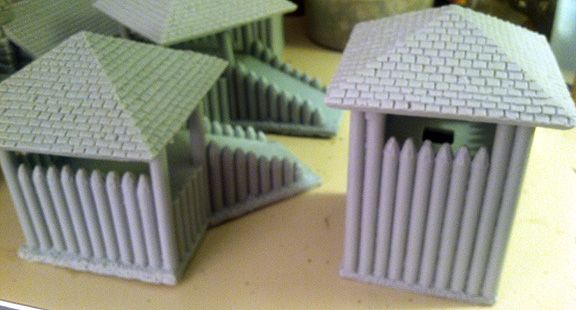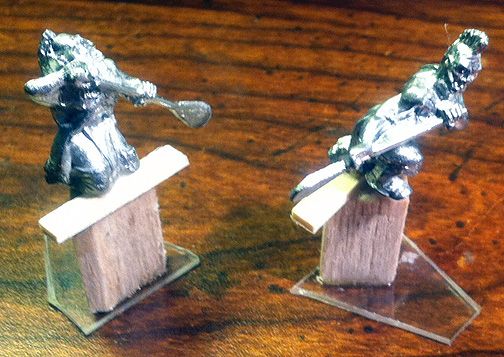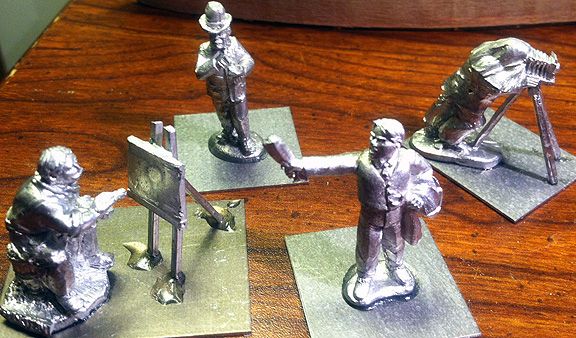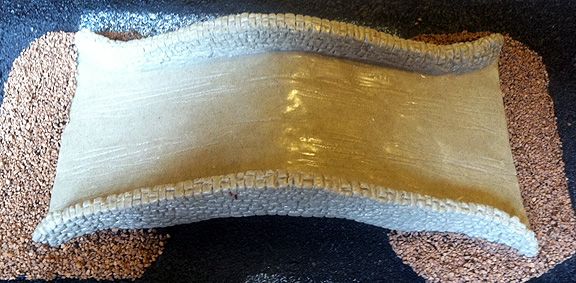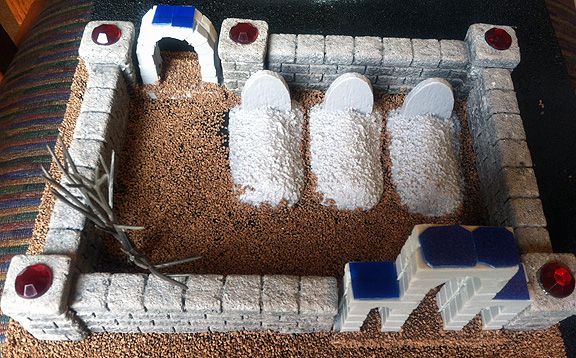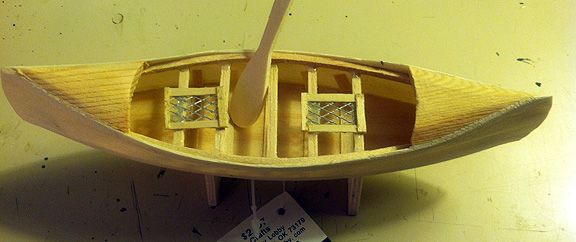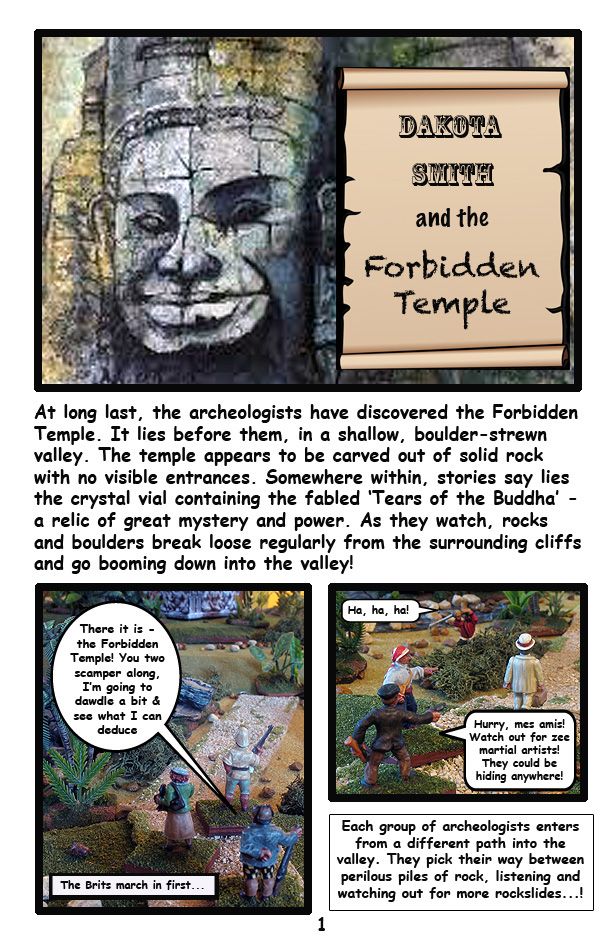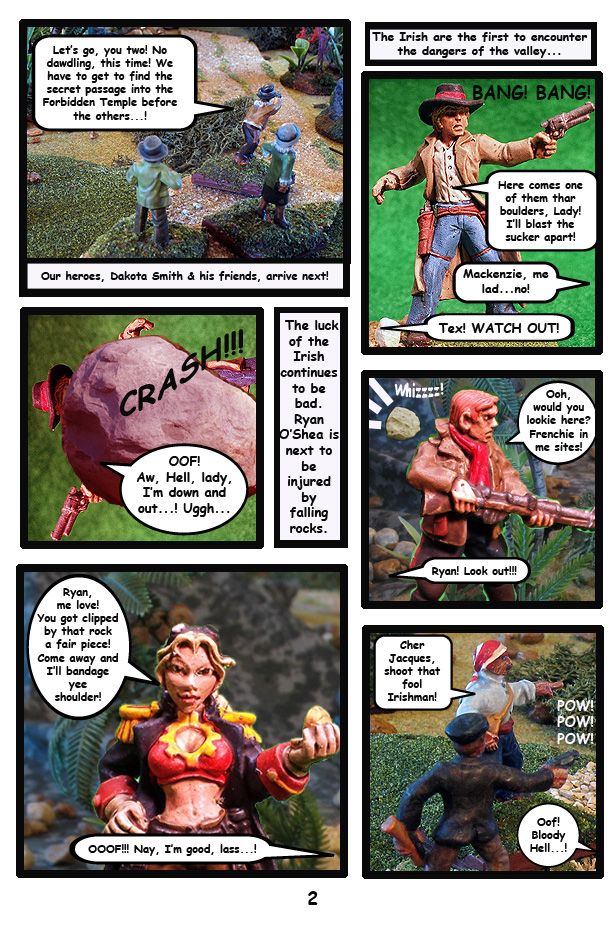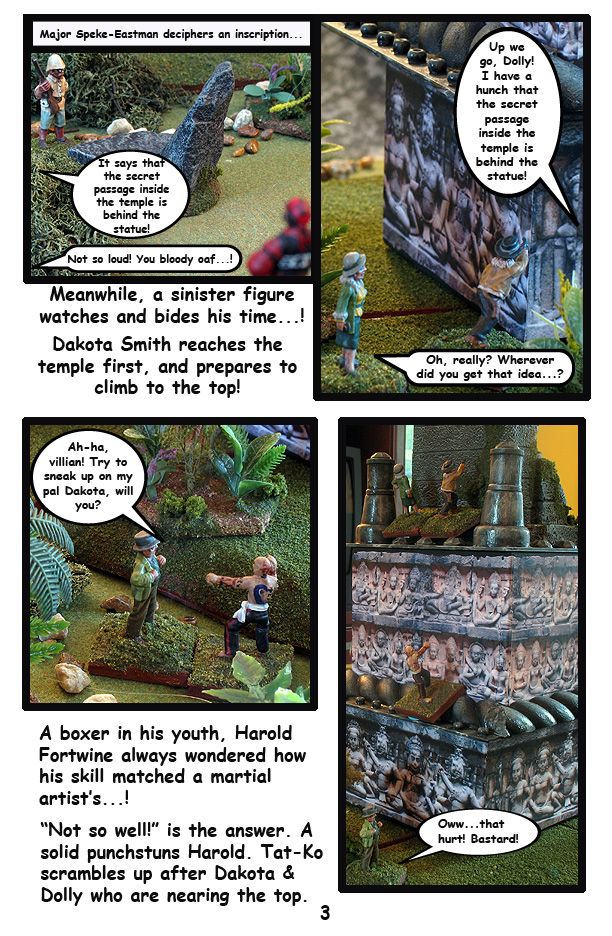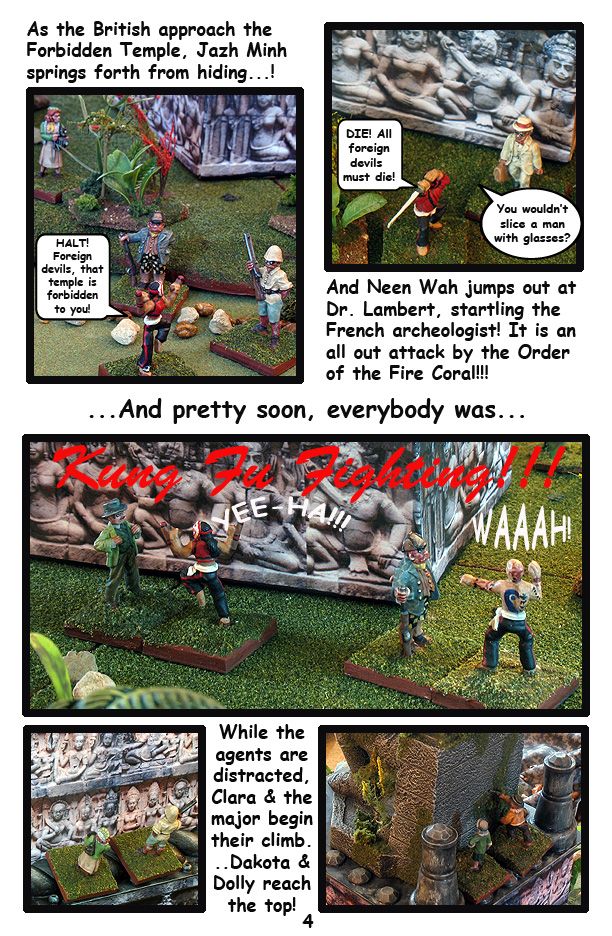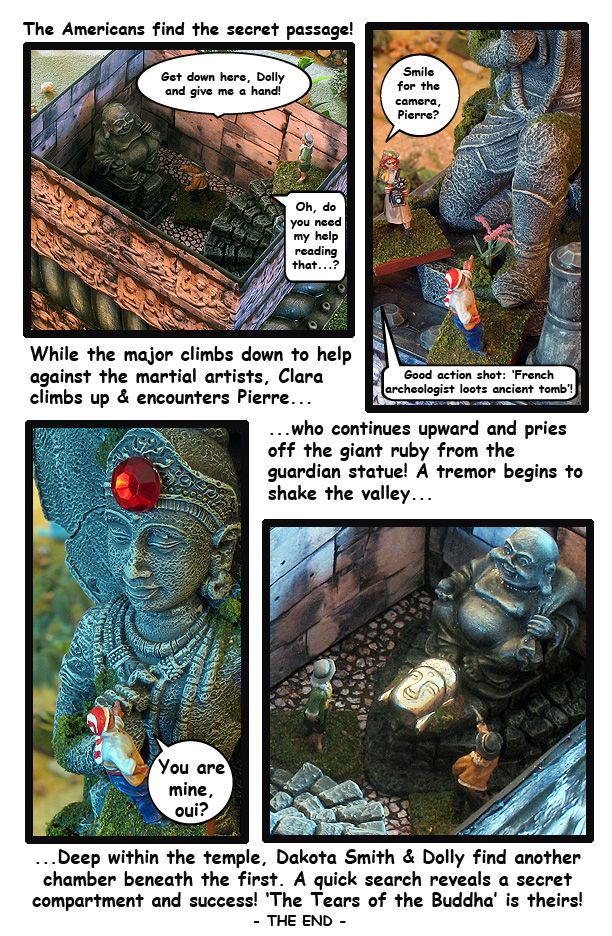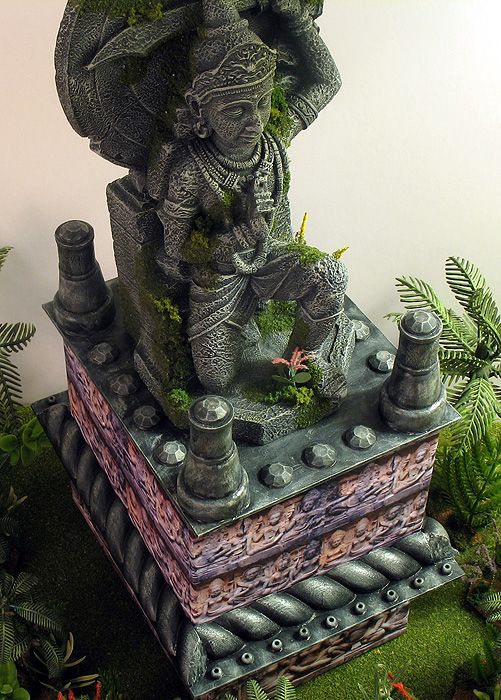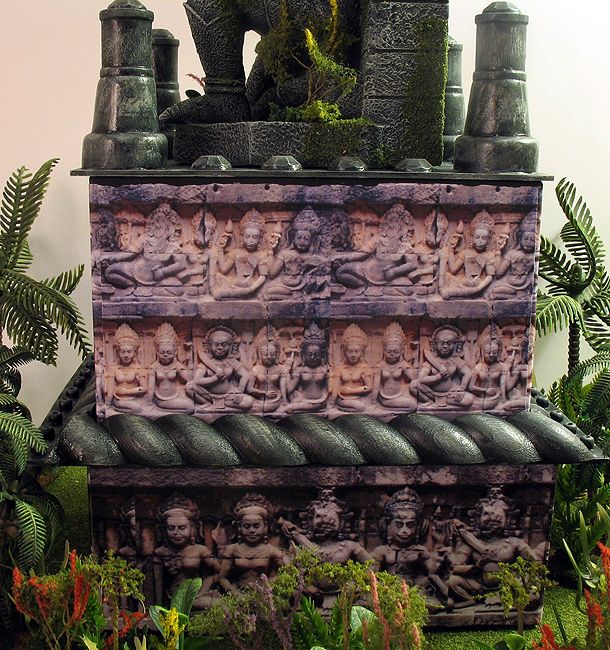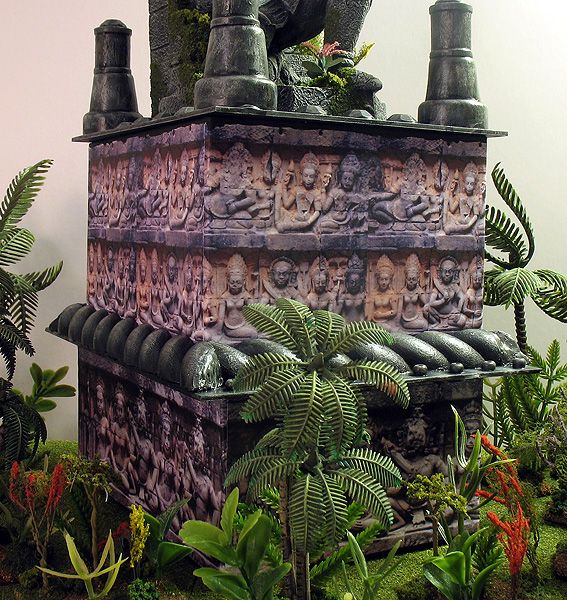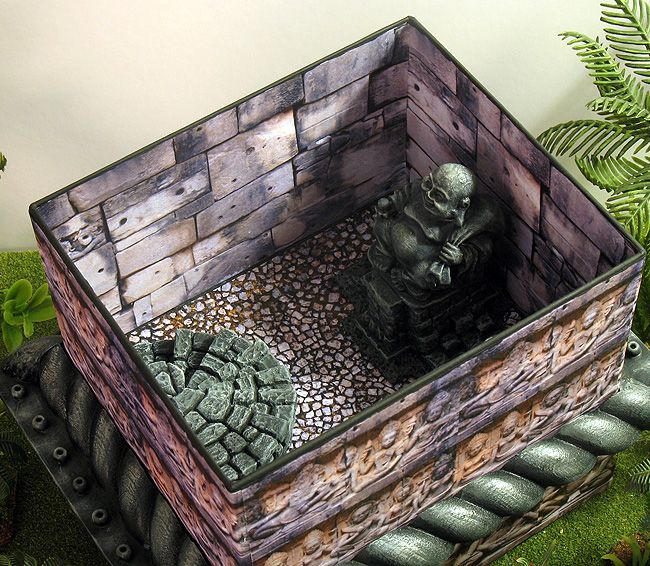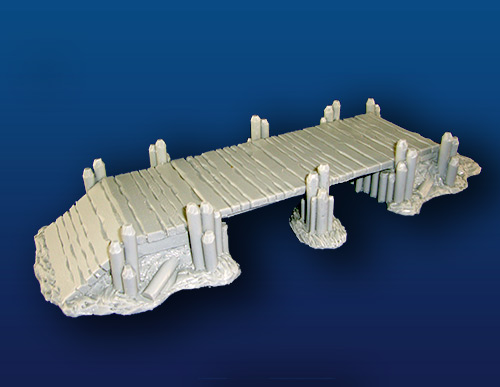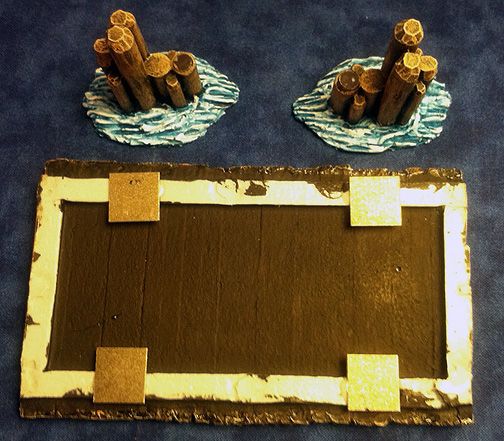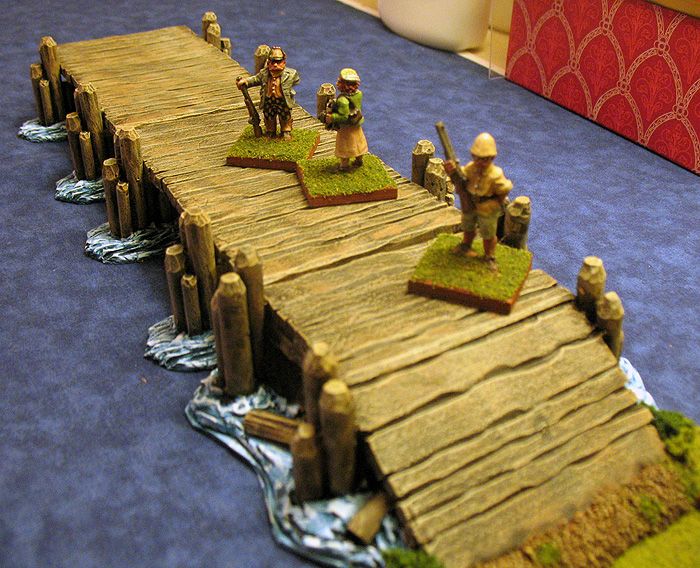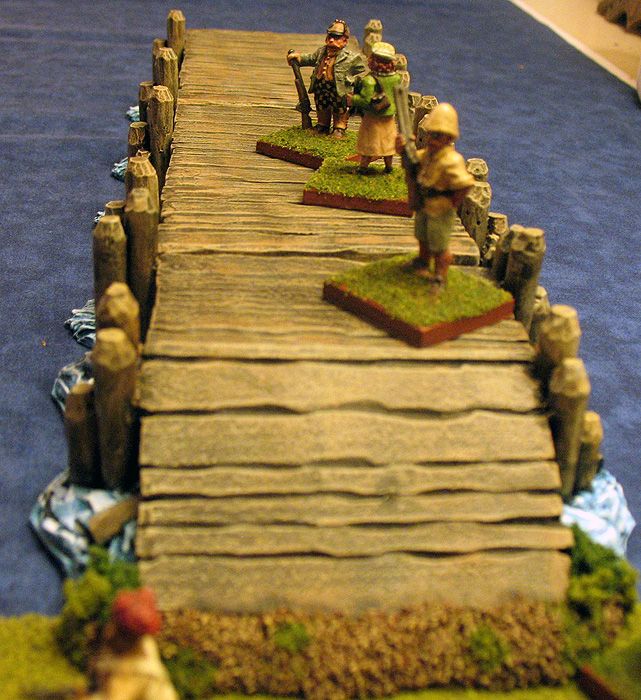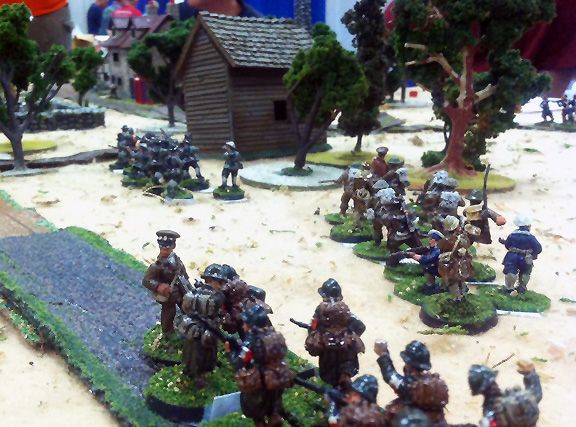 |
| My Thursday night game, "A Very British Battle," featuring an alternate history Spanish Civil War type conflict breaking out in Britain |
Four friends and I made the nine-hour road trip to Historicon 2014, this past weekend. Thankfully, the weather in Fredericksburg, VA, was much cooler than it was last year when we went. Even better, we were staying in one of the three convention hotels, so it was a short walk of a couple hundred yards to go back and forth between the convention center and our hotel rooms. Maybe I’m getting old, but I always need that time to go back to the room and stretch out on the bed and decompress.
We left Thursday morning and arrived shortly after 5 pm at the hotel. We checked in, dumped our things in the rooms, and hurried over to the convention center to pick up our registration before it closed at 6 pm. We then met Jason and dashed off to get a bit to eat before our 7 pm games began. Jason didn’t have anything scheduled, so joined me in my first game, “A Very British Battle.” It was a 28mm alternative history game in a world where the Spanish Civil War breaks out in Britain, in essence. British communists, fascists, and various other factions fight for power as the country devolves. My Parliamentarians were fired on quickly by the nearby Fascists, and I essentially spent the game fighting them. Unlike my attacker, I used the cover of trees and stone walls to give myself an edge in the shooting. Despite two charges which wiped out some of my troops, I ended up grinding him down to just one small band which ducked into the church in the center of the village. That is where Jason’s remaining troops were, too, as the goal of the game was to try to get your hands on the gold stored in the church cellar. It was a bloody game, with some of the players indulging in over-the-top roleplaying of their factions.
 |
| My American force in "Jungle Gods" -- 28mm Pulp Action at Historicon. Note Teddy Roosevelt steaming upriver on the GM's scratch-build riverboat. |
On Friday morning, my first game was a 28mm Pulp one called “Jungle Gods.” I played the Americans, led by Teddy Roosevelt chugging up a jungle river on his small steam launch. Mike S got in my game, too, and played German colonial troops trying to prevent me from trespassing in their territory while simultaneously putting down a revolt by the local African natives. There were also slavers and big game hunters, as well as two local African tribal factions. The game was one of the best of the con and also featured appearances by King Kong, a T-Rex, hippos, crocs, and a charging rhino. Early on, my Americans were treacherously fired upon by the slavers (seems to be a trend of getting fired on, unprovoked). We turned the launch and wiped out the slavers with the help of one of the tribes. Mike had a similar, bloody battle with one of the African factions, meanwhile losing men to an angry rhino and a giant spider. The game was called with pretty much every faction accomplishing their objective except mine (and the eliminated Slavers). Oh well, Teddy couldn’t leave such a back-handed blow unavenged, could he? We could discover the hidden temple another day!
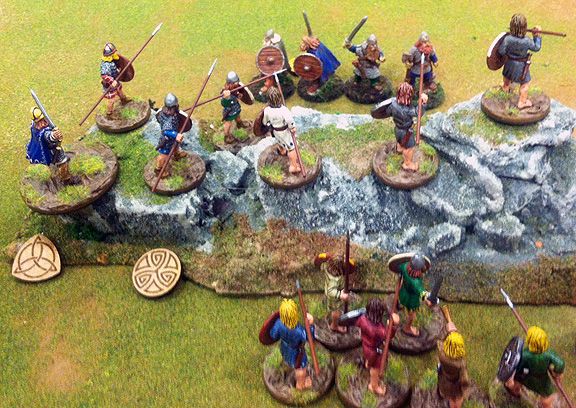 |
| Jason's Scots chase his opponent's Saxons off of a rocky outcrop in his 28mm Saga Tournament on Friday |
After lunch, I dashed over to watch Jason play his final game of the Saga tournament. I have never played the game, but had been wanting to watch one from start to finish. Jason does not get as much gaming in down in South Carolina as the group back here in Ohio does, but it is one of the things he does get a chance to do, from time to time. I think Saga is one of the games that has begun to “fill in” for the decline of DBA and DBM Ancients. With only 8-10 participants, it is nowhere near as widespread a game as the others were at their height, though. Anyway, each round in his four-round tournament was given 75 minutes. It seems like an interesting game, but the thing holding me back from it is that it is a one-on-one, competitive format game. We don't really do that type of gaming on our Sunday nights. We are more into multiplayer scenario games. The “battleboard” — or set of dice with special symbols that each player rolls for his command and control — does not look like it would translate well to a multiplayer game. It was fun to watch a game from start to finish, though. I have a better understanding of the game, now. It is one of those things that I would play if it was what my friends were into, but did not entice me enough to try to convince them to adopt.
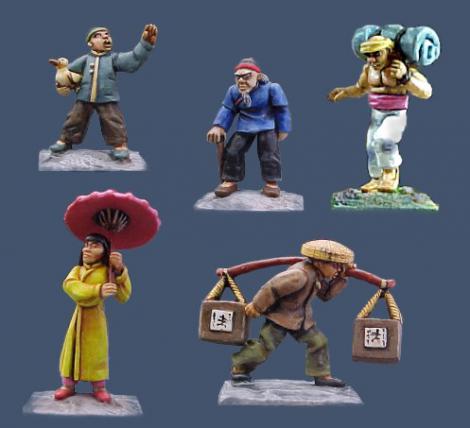 |
| Pictures from Bob Murch's Pulp figures website of one pack of figures I bought (unpainted, of course!) |
In the afternoon, I shopped in the flea market and dealer hall. For the weekend, my purchases totaled up to a respectable $120. They included:
- Two packs to use as Chinese civilians from Pulp Figures by Bob Murch
- 12 Indian canoe paddlers in 28mm by Old Glory (I’d arranged beforehand for them to bring a dozen paddlers without their lead canoes)
- Eight 8-sided dice for use with the Pulp Alley rules
- Four 28mm Indian youths with bows from a new company, Footsore Miniatures, who are offering them as “Skraelings”
- Four jars of Howard Hues paints
- A shrink-wrapped copy of Command & Colours Napoleonics at roughly half price ($40) in the flea market
- A reference book from the flea market on French & Indian War Courier des Bois
- A random pack of figures from the flea market for $1 that included three high class Chinese civilians
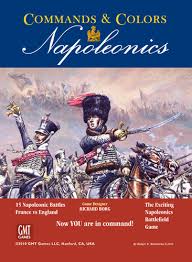 |
| I like the innovative command and control of Richard Borg's "Command & Colours" games, and had been wanting to try this one out. |
Disappointingly, my Friday evening game GM decided not to run the event without telling the event desk or anyone else. There were other games I could have gotten into, but I waited for awhile since the table was set up. I thought maybe the start was just delayed, but the GM never showed back up. Oh, well…I had managed to schedule two events for Saturday, so there would be no shortage of gaming over the weekend. After my friends finished their games, we dashed off to BW3’s for some food, and then played a rousing game of 7 Wonders. First place (Jason) was separated from last place by only six points. I came in third, but it was a fun game as always.
We started Saturday morning helping Jason set up his flea market table. I’d brought a half dozen games along for him to try to sell and I was incredibly pleased that they all did. Of course, they were all priced at bargain basement level, but that is how I do it. I took some of that money and spent $40 of it on a shrink wrapped copy of Richard Borg’s “Command & Colours Napoleonics.” I’d wanted a copy of it for awhile, and it was roughly half price. So, I spent most of my sales money on that, incidentally driving my purchases for the convention over $100!
 |
| My Sea Peoples and Libyan warrior command, fighting on behalf of the Egyptians against the Hittites in "Encounter at Jerboa" -- the Saturday morning game I signed up for and enjoyed |
My morning game was “Encounter at Jerboa,” an Egyptian vs. Hittite encounter from the biblical era using a set of home rules I’d heard about. They were called NURDS and had an interesting concept. Every unit has an amount of endurance to casualties, morale stress, exertion, and so on. These are reflected in a number of boxes on their laminated unit card. Boxes are checked off on their card every time they do something causing battlefield stress. When they fall below half strength, they lose one of their two stands (and fight at half effectiveness). When they are out of boxes, they are destroyed. I played the Sea People and Libyan mercenaries of the Egyptian pharaoh. Our other two commands were a mix of Egyptian chariots and archers. Our enemies, the Hittites, had chariots and unarmored close order spearmen. Both sides maneuvered, some more aggressively than others. Our center commander was indecisive and timid, and continually pulled his four units back to regroup and rest them to regain some endurance. Eventually, that left my left flank wide open. I was mowing through my opponent, and had destroyed one of his units and dropped two to below half strength. When my elite Sea Peoples unit was charged in the flank by the enemy center command, the Sea People general sent a messenger scolding the center Egyptian general. He moved back into the fray, and we eventually destroyed the six enemy units we needed (I took out four of the enemy myself…!). It was a fun game, and the GM gave me a copy of the rules. I intend to try them out on the Sunday evening group some evening to see what they think.
 |
| An interesting concept plus enthusiastic GM does not always equal a fun game, as I found out in my colonial era Herero War game I signed up for on Saturday night |
In the afternoon, I made the rounds of the dealer area handing out invitations to vendors for our HMGS Great Lakes conventions, Advance the Colors 2014 and World at War Game Day 7. We already have 5-6 dealers committed to the show, but it was a good opportunity to spread the word about our show. I made my last dealer hall purchases, too, and then headed over to the room to rest up before my Saturday night event. This was probably the only let down of the show…well, other than the canceled event! The GM was knowledgeable and enthusiastic about his game set in the Herero War in German South-West Africa. However, his organization and sense of timing could use a lot of help. He spent an hour and a half of a 4 hour event explaining the background and giving the sides their briefings. That, and no real solid method for us to mark down our hidden movement, meant we ended up playing only 3 turns. It was obvious that our side — the Hereros — were going to repeat history and maul the Germans. However, there was a LOT of sitting around waiting during that four hour time slot. With some more organization and a better system for the hidden movement, it could have gone much faster and been more fun.
That’s what happens, though, when you go to a convention. You get a mix of good games and not-as-good games. All in all, Historicon 2014 was a fun show.
